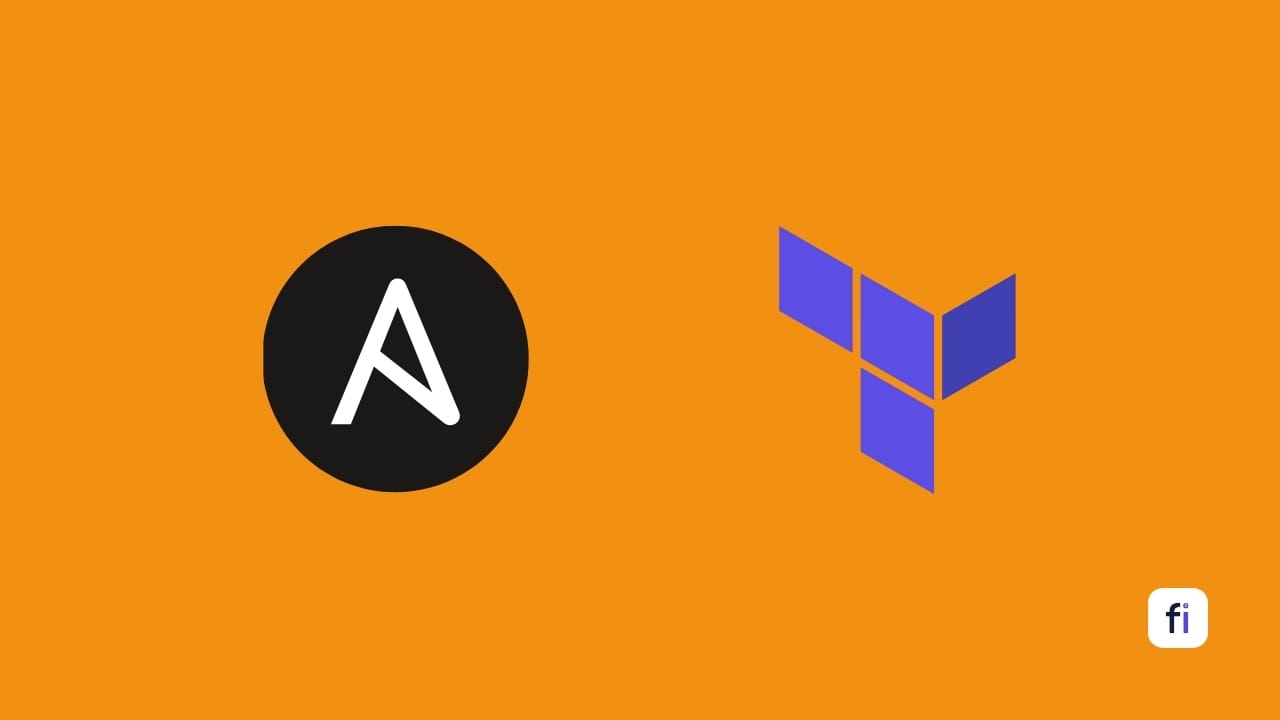Suppose, as a small business owner, you’ve worked hard to build an e-commerce website that showcases your unique products. Your website is gaining traction, and you’re starting to see a steady increase in customer traffic. However, with this growth comes a new challenge – scalability.
Credit: Melody Onyeocha on Dribble
Whenever a customer clicks your site’s “Buy Now” button, your web application needs to process the order instantly, update the inventory, and send a confirmation email. But what happens when hundreds of customers start placing orders simultaneously? Your current server-based architecture simply can’t keep up, leading to slow response times, frustrated customers, and lost sales.
So you need a more scalable solution for your web application. This is where serverless computing comes in, allowing you to focus on code rather than infrastructure.
What is FaaS (Functions as a Service)?
Functions as a Service (FaaS) is a cloud computing service that allows you to run your code in response to specific events or requests, without the need to manage the underlying infrastructure. With FaaS, you simply write the individual functions (or “microservices”) that make up your application, and the cloud provider takes care of provisioning servers, scaling resources, and managing the runtime environment.
The benefits of FaaS:Pay-per-use: You only pay for the compute time when your functions are executed, rather than paying for always-on server capacity. Automatic scaling: The cloud provider automatically scales your functions up or down based on incoming traffic, ensuring your application can handle sudden spikes in demand. Focus on code: With the infrastructure management handled by the cloud provider, you can focus solely on writing the business logic for your application.
FaaS is specifically focused on building and running applications as a set of independent functions or microservices. Major cloud providers like AWS (Lambda), Microsoft Azure (Functions), and Google Cloud (Cloud Functions) offer FaaS platforms that allow developers to write and deploy individual functions without managing the underlying infrastructure.
How Companies Are Saving Millions by Migrating Away from AWS to Bare Metal Servers?
Many startups initially launch on AWS or other public clouds because it allows rapid scaling without upfront investments. But as these companies grow, the operating costs steadily rise.
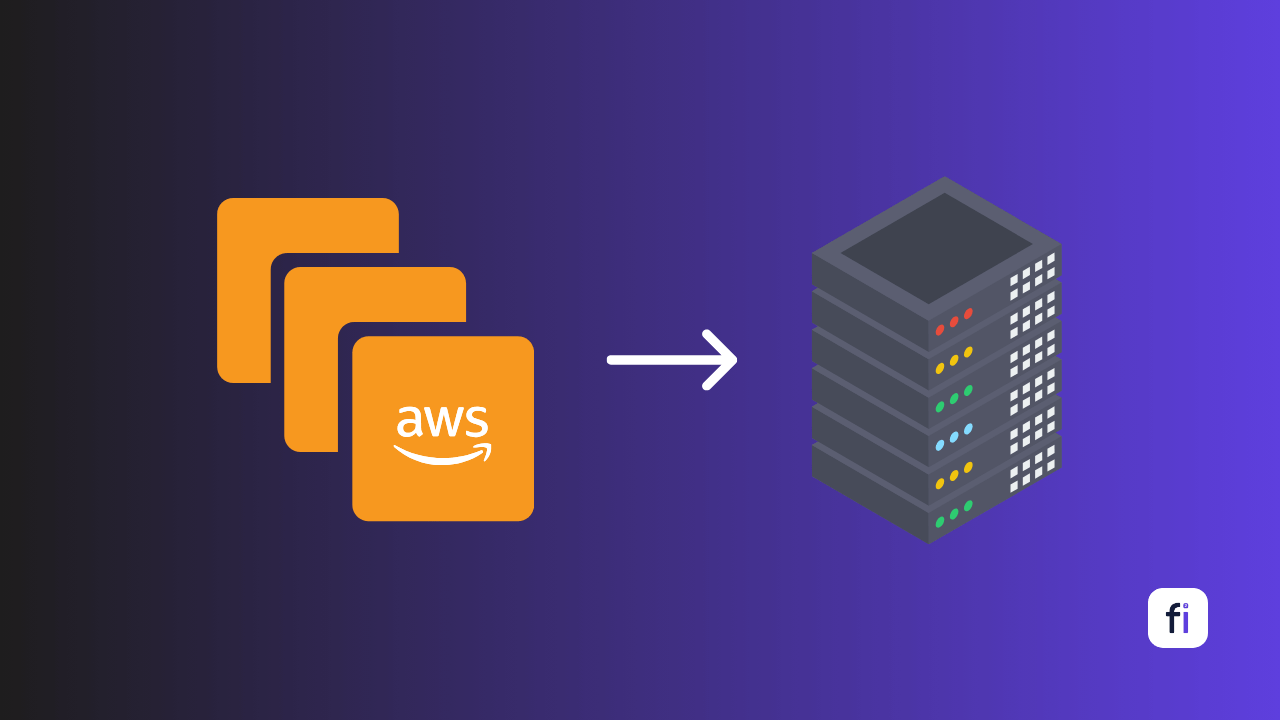
What is Serverless?
Serverless is a broader cloud computing model that involves FaaS but also includes other fully managed services like databases (e.g., AWS DynamoDB, Azure Cosmos DB, Google Cloud Datastore), message queues (e.g., AWS SQS, Azure Service Bus, Google Cloud Pub/Sub), and storage (e.g., AWS S3, Azure Blob Storage, Google Cloud Storage).
In a serverless architecture, the cloud provider is responsible for provisioning, scaling, and managing the entire backend infrastructure required to run your application.
💡
FaaS is one type of serverless architecture, but there are other types, such as Backend-as-a-Service (BaaS).
The benefits of Serverless Computing:Reduced operational overhead: With no servers to manage, you can focus entirely on building your application without worrying about infrastructure. Event-driven architecture: Serverless applications are designed around event triggers, allowing you to react to user actions, data changes, or scheduled events in real time. Seamless scalability: Serverless platforms automatically scale your application’s resources up and down based on demand, with no additional configuration required on your part.
Monolithic vs Microservices Architecture
Monolithic architectures accelerate time-to-market, while Microservices are more suited for longer-term flexibility and maintainability at a substantial scale.
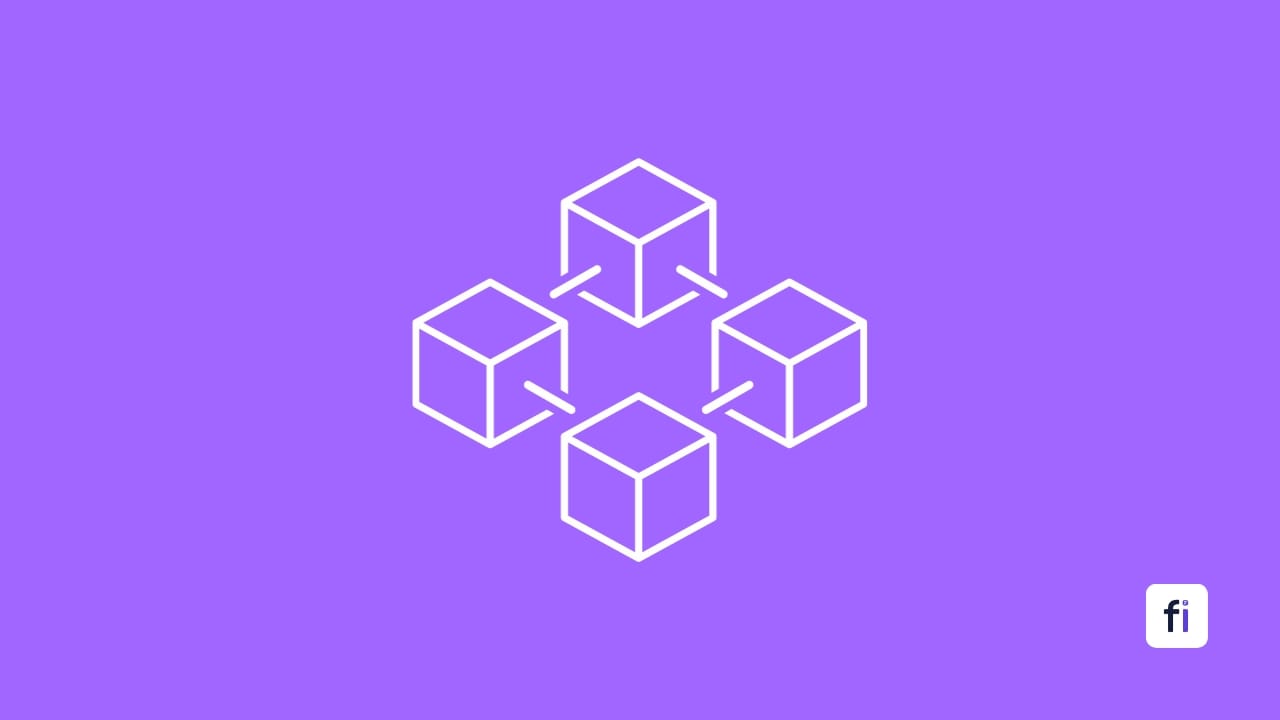
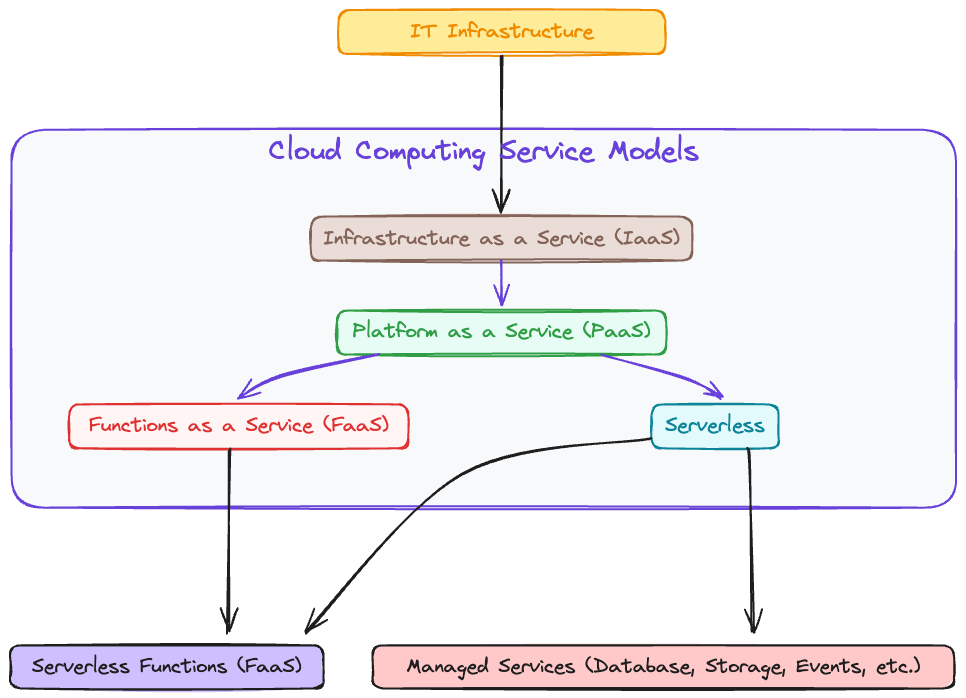
Feature
FaaS
Serverless
Infrastructure Management
Handles provisioning and scaling of servers/containers for your functions
Handles provisioning and scaling of the entire backend infrastructure, including servers, databases, message queues, etc.
Pricing Model
Pay-per-execution (cost per function invocation)
Pay-per-use (cost per resource consumption, e.g., CPU, memory, data transfer)
Scalability
Automatically scales functions up and down based on demand
Automatically scales the entire application infrastructure up and down based on demand
Stateful vs. Stateless
Functions are typically stateless
Supports both stateful and stateless services
Event-Driven Architecture
Supports event-driven execution of functions
Natively supports event-driven architecture with managed event services
Third-Party Service Integration
Integrates with other cloud services through API calls
Seamless integration with a rich ecosystem of managed cloud services
Development Focus
Concentrate on writing the application logic in the form of functions
Concentrate on building the overall application structure and leveraging managed services
Vendor Lock-in
Some vendor lock-in, as functions are typically tied to a specific FaaS platform
Potential for vendor lock-in, as Serverless often relies on a broader set of managed services
Examples
AWS Lambda, Azure Functions, Google Cloud Functions, IBM Cloud Functions
AWS (Lambda, API Gateway, DynamoDB), Azure (Functions, Cosmos DB, Event Grid), Google Cloud (Functions, Datastore, Pub/Sub), IBM Cloud (Functions, Object Storage, Databases)
Infrastructure Management
Handles provisioning and scaling of servers/containers for your functions
Handles provisioning and scaling of the entire backend infrastructure, including servers, databases, message queues, etc.
1. Scope
FaaS is a specific type of serverless architecture that is focused on building and running applications as a set of independent functions. Serverless computing, on the other hand, is a broader term that encompasses a range of cloud computing models, including FaaS, BaaS, and others.
2. Granularity
FaaS is a more fine-grained approach to building and running applications, as it allows developers to break down applications into smaller, independent functions. Serverless computing, on the other hand, can be used to build and run entire applications, not just individual functions.
3. Pricing
FaaS providers typically charge based on the number of function executions and the duration of those executions. Serverless computing providers, on the other hand, may charge based on a variety of factors, such as the number of API requests, the amount of data stored, and the number of users.
Monorepos vs Microrepos: Which is better?
Find out why companies choose Monorepos over Microrepos strategies and how they impact scalability, governance, and code quality.
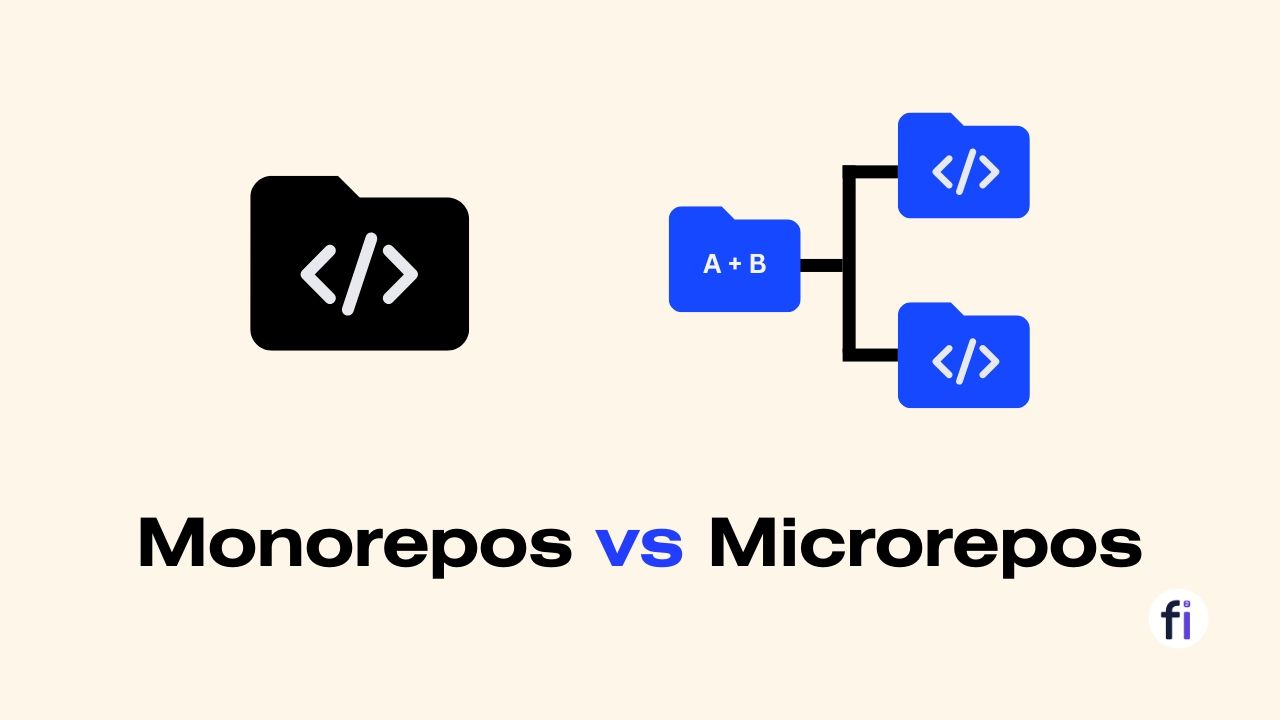
Major cloud providers that offer FaaS and serverless computing services:AWS Lambda – AWS Lambda is a FaaS platform that allows developers to run code without provisioning or managing servers. Lambda supports a variety of programming languages, including Python, Node.js, Java, and C#.Azure Functions – Azure Functions is a serverless computing service that allows developers to build event-driven applications using a variety of programming languages, including C#, Java, JavaScript, and Python.Google Cloud Functions – Google Cloud Functions is a FaaS platform that allows developers to run code in response to specific events, such as changes to a Cloud Storage bucket or the creation of a Pub/Sub message.IBM Cloud Functions – IBM Cloud Functions is a serverless computing platform that allows developers to build and run event-driven applications using a variety of programming languages, including Node.js, Swift, and Java.Oracle Cloud Functions – Oracle Cloud Functions is a FaaS platform that allows developers to build and run serverless applications using a variety of programming languages, including Python, Node.js, and Java.Choosing Between FaaS and ServerlessUse FaaS for:Opt for serverless computing when:You’re deploying complex applications that require a unified environment for all components.You want to reduce the operational overhead of managing servers while maintaining control over application configurations.
AWS Lambda vs. Lambda@Edge: Which Serverless Service Should You Use?
Lambda is regional while Lambda@Edge runs globally at edge locations. Lambda integrates with more AWS services. Lambda@Edge works with CloudFront.
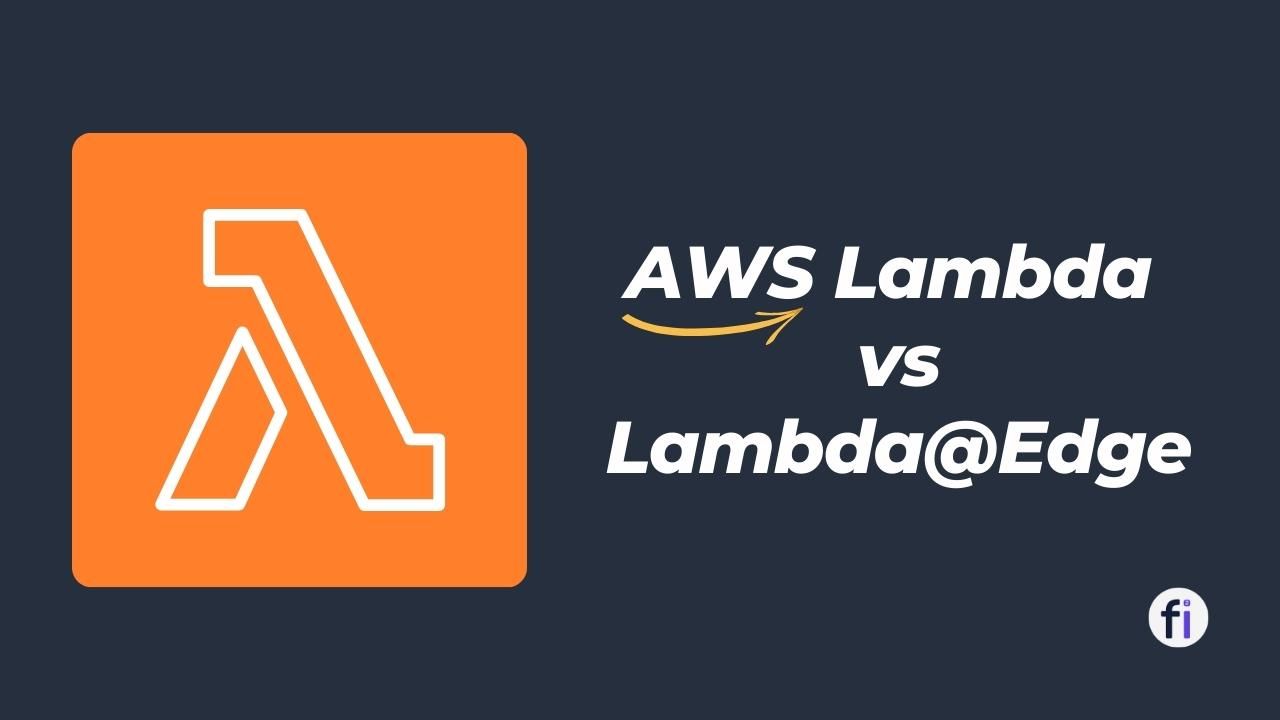
Understand with an Example
Suppose you want to build a simple web application that allows users to upload images and apply filters to them. With a traditional server-based architecture, you would need to provision and manage servers, install and configure software, and handle scaling and availability. This can be time-consuming and expensive, especially if you’re just starting out.
With a serverless architecture, on the other hand, you can focus on writing the code for the application logic, and let the cloud provider handle the rest.
For instance, you could use AWS Lambda (FaaS) to run the code that processes the uploaded images, AWS S3 for storage, and other AWS services like API Gateway and DynamoDB as part of the overall serverless architecture. The cloud provider would automatically scale the resources up or down based on demand, and you would only pay for the resources you actually use.
All FaaS is serverless, but not all serverless is FaaS.
FaaS is a type of serverless architecture, but the two terms are not the same. FaaS is all about creating and running applications as separate functions, while serverless computing is a wider term that covers different cloud computing models. In other words, FaaS is a specific way of doing serverless computing that involves breaking down an application into small, independent functions that can be run separately. Serverless computing, on the other hand, is a more general approach that can involve using different cloud services to build and run an application without having to manage servers.
The major cloud providers offer varying levels of tooling and community support for their FaaS and serverless offerings. AWS has the largest community and a mature set of tools like AWS SAM for local development and testing of serverless applications.
Microsoft Azure has good tooling integration with Visual Studio Code, while Google Cloud’s tooling is still catching up. A strong developer ecosystem and community support can be crucial when building and maintaining serverless applications.
FaaS Platform
Feature
Lambda
Azure Functions
Cloud Functions
Arm64 architecture
✅
❌
❌
Compiled binary deployment
✅
✅
❌
Wildcard SSL certificate free
✅
❌
✅
Serverless KV store
DynamoDB
CosmosDB
Datastore
Serverless SQL
Aurora Serverless
Azure SQL
BigQuery
IaC deployment templates
SAM, CloudFormation
ARM, Bicep
GDM
IaC drift detection
✅
❌
❌
Single shot stack deployment
✅
❌
❌
Developement
Feature
Lambda
Azure Functions
Cloud Functions
Virtualized local execution
✅
❌
❌
FaaS dev tools native for arm64
✅
❌
✅
Go SDK support
✅
✅
✅
PHP SDK support
✅
✅
✅
VSCode tooling
✅
✅
✅
Dev tools native for Apple Silicon
✅
❌
✅
Feature
Lambda
Azure Functions
Cloud Functions
Reddit community members
278,455
141,924
46,415
Stack Overflow members
256,700
216,100
54,300
Videos on YouTube channel
16,308
1,475
4,750
Twitter/X followers
2.2 M
1 M
533 K
GitHub stars for JS SDK
7.5 K
1.9 K
2.8 K
GitHub stars for .NET SDK
2 K
5 K
908
GitHub stars for Python SDK
8.7 K
2.7 K
4.6 K
GitHub stars for Go SDK
8.5 K
1.5 K
3.6 K
Runtimes
Runtime
Lambda
Azure Functions
Cloud Functions
Custom (Linux)
✅
✅
❌
Custom (Windows)
❌
✅
❌
Python
✅
✅
✅
Node.js
✅
✅
✅
PHP
❌
❌
✅
Ruby
✅
❌
✅
Java
✅
✅
✅
.NET
✅
✅
✅
Go
✅
✅
✅
Rust
✅
✅
❌
C/C++
✅
✅
❌
Serverless AI
Provider
Lambda
Azure Functions
Cloud Functions
Open AI
❌
✅
❌
Gemini
❌
❌
✅
Anthropic
✅
✅
✅
Meta Llama2
✅
✅
✅
Cohere
✅
✅
✅
AI21
✅
❌
❌
Amazon Titan
✅
❌
❌
Mistral
✅
✅
✅
Stability (SDXL)
✅
❌
✅
Computer Vision
✅
✅
✅
Bare Metal Servers vs. Dedicated Host
Bare metal gives you total control over the hypervisor for maximum flexibility and resource optimization. Dedicated hosts keep things simple with the cloud provider managing the VMs for you.
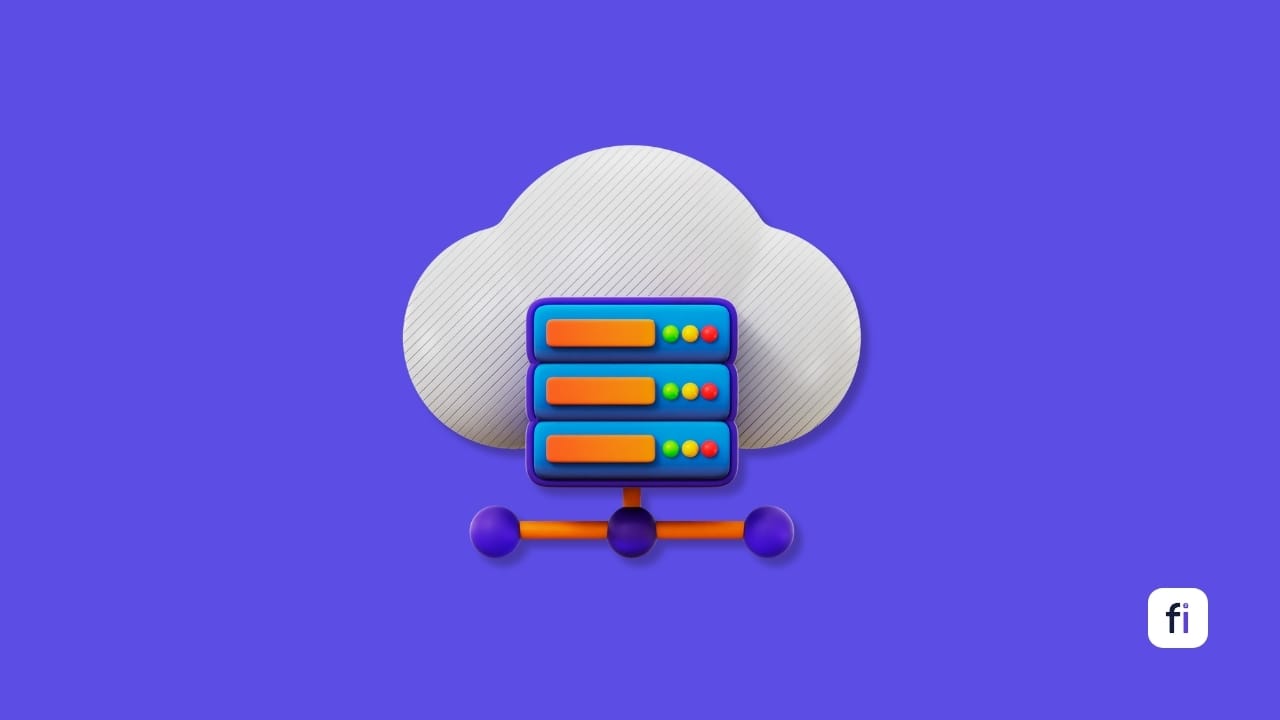
Ansible vs Terraform
Infrastructure automation and configuration management are two essential practices in modern IT operations, particularly in the DevOps & Cloud.
